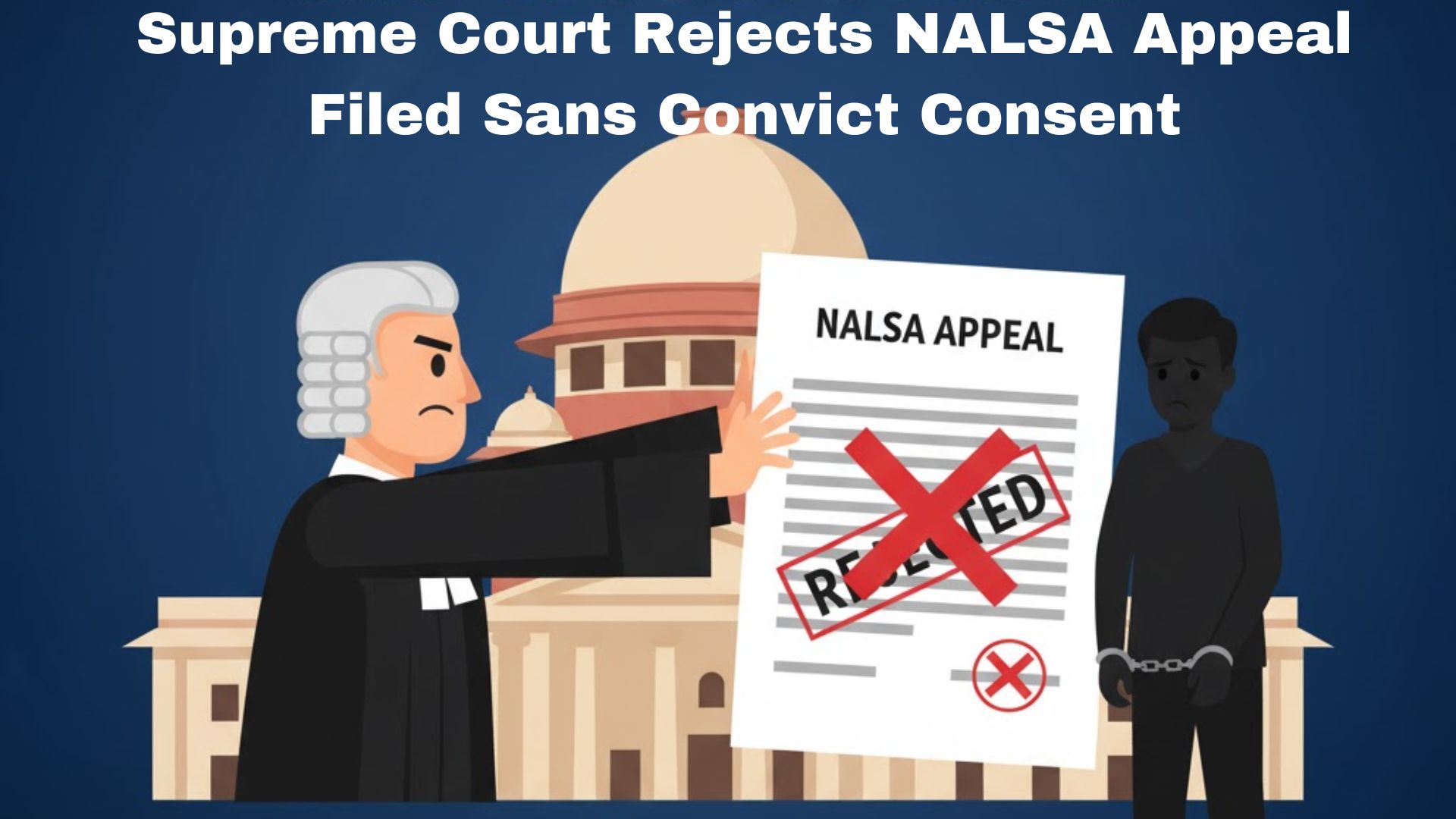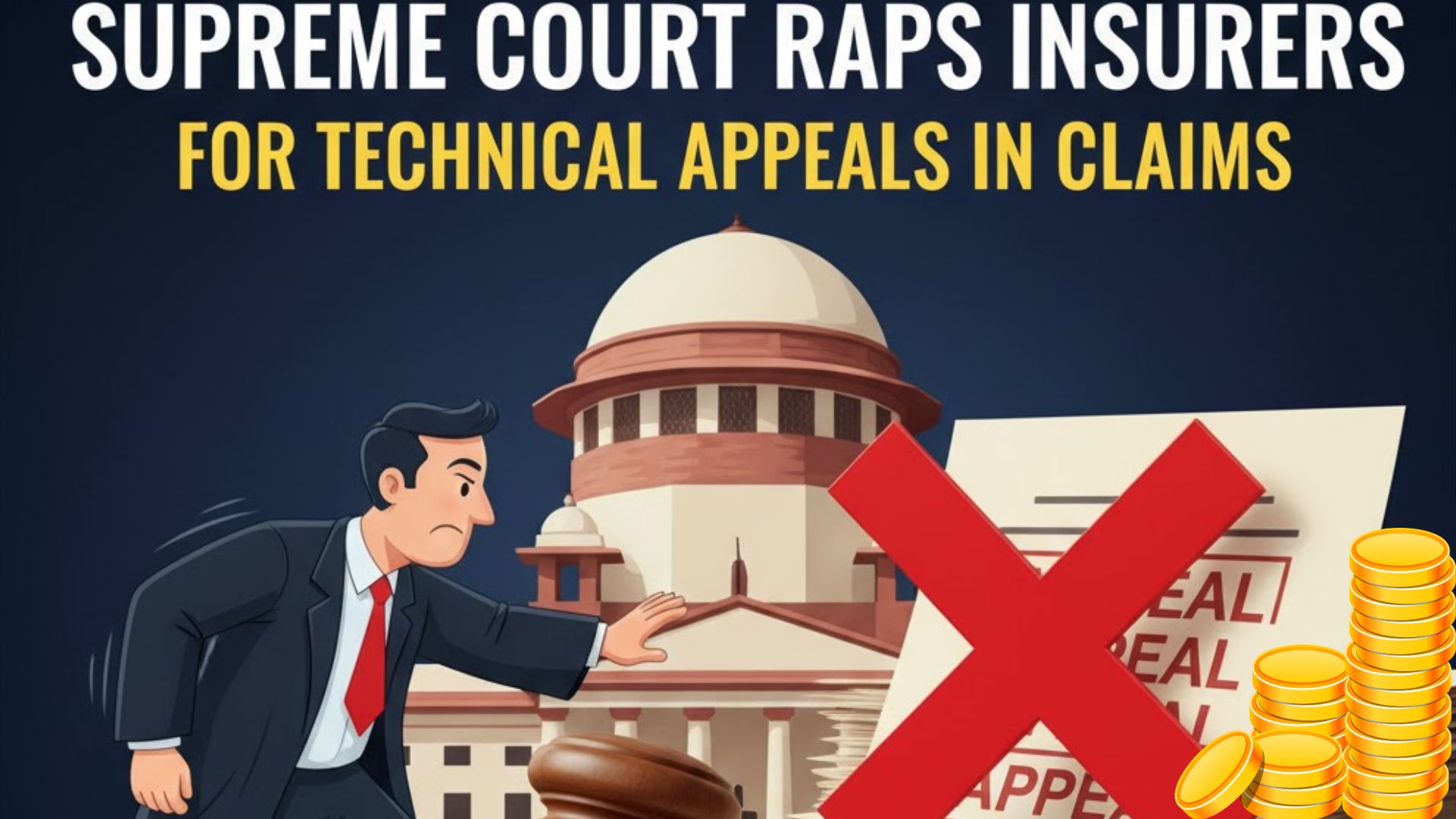B.J. Divan, C.J.@mdashIn this case, at the instance of the assessee, the following question has been referred to us for our opinion:
Whether, on the facts and in the circumstances of the case, the Tribunal was right in holding that the land in question was non-agricultural in
character?
We are concerned with the assessment year 1966-67, the relevant previous year being the financial year ended March 31,1967. The assessee
along with two other persons, Dr. Dhirajlal Harilal and Dr. Harilal Chandandas, purchased lands bearing survey Nos. 115 and 153 of Acher of
Sabarmati, admeasuring 34,729 square yards of land. This purchase was made on October 19, 1946. The total price paid for the land was Rs.
1,39,450 and it was purchased at the rate of Rs. 4 per square yard. The assessee had six annas share in the rupee in the said land. Out of this
aggregate area of 34,727 square yards, land admeasuring 16,172 square yards was sold to three co-operative societies on March 17, 1967. The
assessee received Rs. 1,32,864 by way of his share in the profits from the sale price paid by the three co-operative societies. Out of this amount, a
sum of Rs. 8,420 was claimed by way of expenses and thus the net profit disclosed by the assessee came to Rs. 1,24,444. The assessee claimed
before the ITO that the profit or gain arising from this transaction was not capital gains taxable under the income tax Act, inasmuch as the land
which was sold by him was agricultural land and was agricultural in character. He contended that the land was under cultivation and crops were
grown on the same up to the date of sale. The ITO rejected the contention of the assessee and held that the land was non-agricultural in character.
He came to this conclusion mainly on two grounds; firstly, that there was no proof that the land was actually under cultivation on the date of sale,
and, secondly, that the assessee and his co-owners had obtained permission to sell the land to the co-operative societies u/s 63 of the Bombay
Tenancy and Agricultural Lands Act.
2. Against the decision of the ITO the matter was taken in appeal and the AAC allowed the appeal holding that the land was agricultural land up to
the date of sale and the assessee''s action in applying to the Collector u/s 63 of the Bombay Tenancy and Agricultural Lands Act did not have the
effect of converting the land to non-agricultural use.
3. The revenue went in appeal against the decision of the AAC and the Tribunal held that the land when it was sold was non-agricultural in
character. Thereafter, at the instance of the assessee, the question herein-above set out has been referred to us for our opinion.
4. In para. 6 of its order the Tribunal has found as follows:
There appears to be no doubt that when the land was purchased in the year 1946 it was agricultural. The entries made in the record of rights show
that the land was cultivated in the years from 1965-66 to 1969-70, and crops of juvar and tuvar, etc., were grown on it. There is documentary
evidence in the form of receipts obtained from persons who cultivated the land to prove that it was under cultivation. This documentary evidence
has gone unchallenged. It must, therefore, be held that the assessee has succeeded in proving that the land was under cultivation right up to the date
of the sale.
5. However, the Tribunal held that the agricultural activity which was carried on, on the land was on a very small scale and such activity hardly
gave any income to the assessee. The Tribunal took into consideration the fact that the assessee and his co-owners had purchased the land for Rs.
1,39,450 and that it was common knowledge that prices of land had gone up from year to year after 1946. Having regard to the value of the land
and the income the assessee was deriving from agricultural activity, the agricultural activity which was being carried on, on the land was on a very
small scale. The assessee had obviously purchased the land with two others with the intention of selling it at a higher profit and considering all the
facts and circumstances, the Tribunal held that the agricultural use of the land was only a temporary arrangement till the land was profitably sold.
The Tribunal also took into consideration the fact that when the land was sold it was in a residential zone and that this fact, which was not disputed,
was also clear from the order of the Collector u/s 63 of the Bombay Tenancy and Agricultural Lands Act. The Tribunal held that even if the land
was agricultural in character at one time, it ceased to be so when the assessee obtained permission to sell it to the co-operative societies. In view
of the series of decisions of this High Court in Commissioner of Wealth Tax, Gujarat Vs. Narandas Motilal, , Commissioner of Income Tax,
Gujarat-III Vs. Manilal Somnath, , Chandravati Atmaram Patel Vs. Commissioner of Income Tax, Gujarat-III, Ahmedabad, , Chhotalal
Prabhudas Vs. Commissioner of Income Tax, Gujarat-V, , together with the decision of the Supreme Court in Commissioner of Wealth Tax,
Andhra Pradesh Vs. Officer-in-charge (Court of Wards), Paigah, , it is clear that if agricultural operations are being carried on, on any land in
question at the time when the land is sold and further if the entries in the revenue records show that the land in question is agricultural land, then, a
presumption arises that the land is agricultural in character and unless that presumption is rebutted by evidence led by the revenue, it must be held
that the land was agricultural in character at the time when it was sold. In Commissioner of Income Tax, Gujarat-III Vs. Manilal Somnath, this High
Court has pointed out that the fact that permission has been obtained u/s 63 of the Bombay Tenancy and Agricultural Lands Act does not mean
that the land ceases to be agricultural in character. On the contrary, as such permission u/s 63 of the said Act lays down that if for any reason the
conditions laid down in the permission are not satisfied, the sanction would automatically be null and void and the land would again resume its
agricultural character. It is nobody''s case that permission to convert the land to non-agricultural use was obtained by the assessee and his co-
owners prior to the date of the sale on March 17, 1967, to the three co-operative societies. There is nothing on the record to show that the
presumption raised from the long user of the land for agricultural purposes and also the presumption arising from the entries in the revenue records
are rebutted. It has been pointed out in Commissioner of Income Tax, Gujarat-III Vs. Manilal Somnath, and also in the other cases decided by this
court that the fact that development has caught up with the land in question is no ground for holding that the land had ceased to be agricultural in
character. The high price of the land which is paid by the purchaser in 1967 may reflect the potentiality for non-agricultural use so far as the land in
question is concerned, but such potentiality does not mean that the land had lost its character as agricultural land. Again, the fact that a very small
income as compared to the investment made by the assessee and his co-owners was derived from agricultural operations is totally irrelevant. The
question whether the land is agricultural in character or not can be decided only by the use to which it is being put and not by the smallness or
otherwise of the income which is being derived by the assessee from the same. Right from 1946 when the assessee and his two co-owners
purchased the land till the date of the sale in March, 1967, the land was under cultivation and various crops were being raised on this land. It
cannot, therefore, be said that the agricultural operations were being carried on, on this land by way of stop-gap arrangement pending the arrival
on the scene of a purchaser who was willing to pay the price demanded by the assessee and his co-owners. Under these circumstances, since this
was not a stopgap arrangement, it must be held that the land was agricultural in character at the time when it was sold on March 17, 1967, by the
assessee and his two co-owners. Under these circumstances, the question referred to us is answered in the negative, that is, in favour of the
assessee and against the revenue. The Commissioner will pay the costs of this reference to the assessee.

